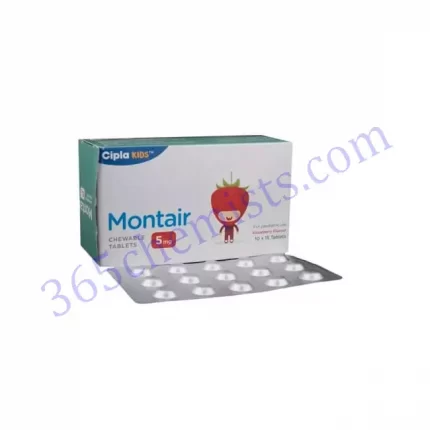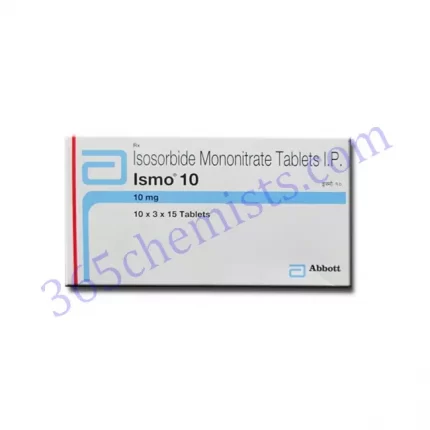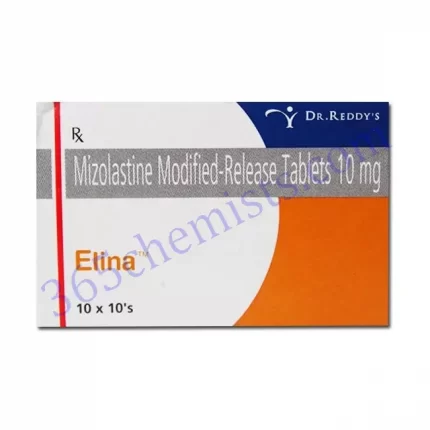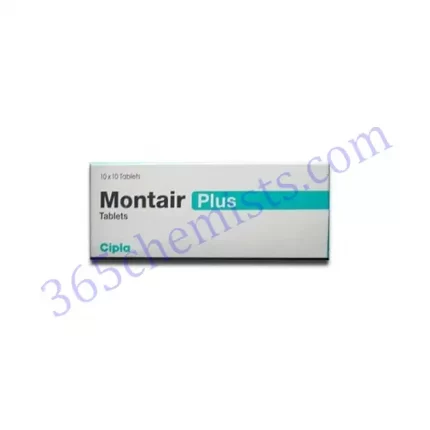Mero 1g Injection: Empowering Infection Management with Meropenem 1000mg
Antibiotic medication known as Mero 1g Injection, which contains 1000mg of meropenem, is a powerful medication that is essential in the fight against severe bacterial infections. Meropenem and other antibiotics that work well are absolutely necessary for preventing the further spread of drug-resistant bacterial infections, which continue to be a major risk to the health of people all over the world. In this in-depth piece, we will discuss the significance of the Mero 1g Injection, as well as its mode of action, the dosage that is recommended, and the significance of responsible antibiotic stewardship in maintaining the effectiveness of the medication.
Understanding the Importance of Effective Antibiotics
Antibiotics have effectively treated bacterial infections, which has significantly contributed to the advancement of modern medicine. However, the improper and excessive use of antibiotics has resulted in the development of bacteria that are resistant to antibiotic treatment, which has presented a significant challenge to the field of medicine. It is essential to make responsible and appropriate use of antibiotics, such as the meropenem found in Mero 1g Injection. This is necessary in order to maintain the effectiveness of antibiotics and combat the growing problem of antibiotic resistance.
Mechanism of Action
Meropenem is a potent carbapenem antibiotic that has broad-spectrum activity against a wide variety of bacterial infections, and Mero 1g Injection contains this antibiotic. It accomplishes this by inhibiting the synthesis of bacterial cell walls, which, in turn, causes a disruption in the growth of cells and, ultimately, results in the death of bacterial cells. Meropenem is an important therapeutic option for the treatment of serious infections that pose a significant risk to the patient’s life because it is effective against Gram-positive and Gram-negative bacteria.
Indications for Mero 1g Injection
In severe cases of the following bacterial infections, the use of Mero 1g Injection is recommended as a treatment.
- Intra-abdominal infections are infections that occur within the abdominal cavity and are caused by bacteria that are susceptible to infection. One example of an intra-abdominal infection is peritonitis, which is inflammation of the peritoneum.
- Meningitis caused by bacteria is a serious infection that affects the membranes that surround the brain and spinal cord. It requires treatment with antibiotics as soon as possible and in the correct dosage.
- Pneumonia acquired in the community is a severe form of respiratory infection that can be contracted outside of a hospital setting and requires intensive treatment.
- Infections of the Skin and Soft Tissues Certain complicated skin and soft tissue infections caused by bacteria that are susceptible to the infection.
- Infections of the urinary tract that have progressed to the point where they are resistant to treatment with other antibiotics are referred to as complicated UTIs.
Dosage and Administration
The Mero 1g Injection is given to patients via intravenous (IV) administration by trained medical professionals. The dosage and length of treatment are both variables that are determined by the nature and extent of the infection, as well as the patient’s age and renal function. Even if the patient’s symptoms improve during treatment, it is extremely important for the patient to complete the full course of medication as directed. Suddenly discontinuing the medication can result in the ineffectiveness of the treatment as well as contribute to the development of antibiotic resistance.
The Importance of Responsible Antibiotic Use
It is absolutely essential to make responsible use of the Mero 1g Injection in order to combat the increasingly serious problem of antibiotic resistance. Here are some essential considerations:
- Correct Diagnosis: The Mero 1g Injection should only be used for bacterial infections, as it is ineffective against viral infections. Only use it if you have a bacterial infection. It is imperative that a healthcare professional perform an accurate diagnosis in order to arrive at the correct course of treatment.
- Patients are required to take the full course of Mero 1g Injection even if they report feeling better; this is true regardless of whether or not their condition has improved. Unfinished treatment may not completely eradicate the infection and may also contribute to the development of antibiotic resistance.
- Mero 1g Injection shouldn’t be used carelessly or as a preventative measure against infections; instead, it should be used only when absolutely necessary. It is not prescribed unless the patient has a severe bacterial infection that has not responded to other antibiotics that are less potent.
- Follow the instructions given by your healthcare provider It is the responsibility of the healthcare provider to carefully determine the appropriate dosage and administration based on the condition of the patient, as well as their age and renal function.
Conclusion
Antibiotic treatment for severe bacterial infections often involves the use of a potent medication such as Mero 1g Injection, which contains 1000mg of meropenem. Because of its broad-spectrum activity as well as its mechanism of action, it is an extremely useful tool in the fight against bacteria that are resistant to antibiotics. However, in order to maintain its efficacy for the benefit of subsequent generations, it is imperative that Mero 1g Injection be used in a responsible and prudent manner. We can collectively protect global health and fight the spread of antibiotic resistance if we adhere to correct diagnostic procedures, finish the prescribed course of treatment, avoid using antibiotics in excess, and follow the instructions of our healthcare providers. It is important to keep in mind that the responsible management of antibiotics is a shared responsibility that helps save lives and ensures the continued efficacy of antibiotics that save lives, such as Mero 1g Injection.












